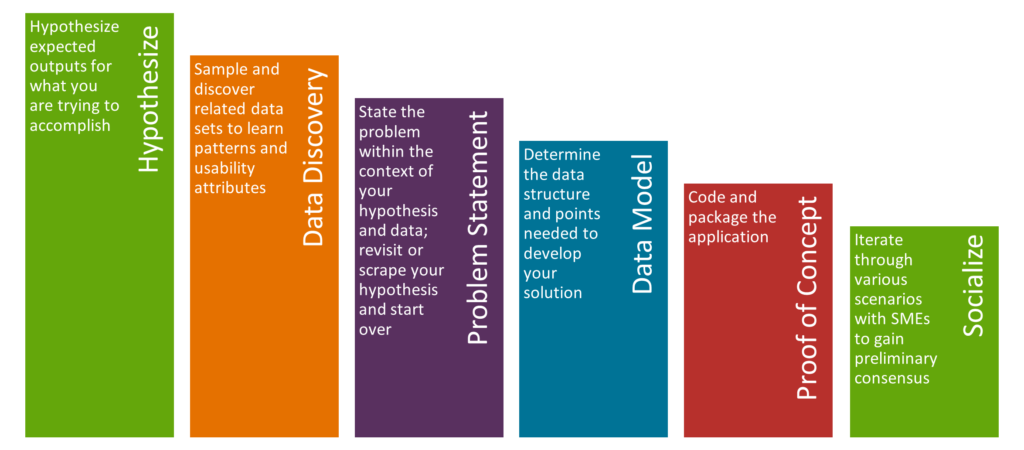Incorporating Data-Driven Analytics Into Your Organization To Create Success
The growing demand to use data and analytics is more necessary than ever in our highly digitized world. To be competitive, businesses must harness the ability to extract value from internal and external data.
Cherry Bekaert has assisted many clients with operational and systemic challenges by utilizing a Data & Analytics (D&A) approach to problem-solving, including:
- Validating tax filings in response to tax authority inquiries
- Evidencing data that identified potential additional tax credits
- Improving efficiency of internal controls with 100% coverage testing
- Discovering baselines for payout transactional behavior
Data & Analytics solutions are highly nuanced, given the variability of the data and processing ecosystems. Even as experienced practitioners, we have limited control of the sources and continuously see challenges in our attempts to solve variability through standardization and/or fit for use.
Key Data Challenges Organizations Face
The table below provides some common challenges that businesses may experience around organizational data:
| Category | Expectation | Reality | Example |
| Data Curation | Data is received in a manner that is complete and conducive to consumption by desired tools/technology. | There is no guarantee for conformity due to data variability from originating sources, applications, unstructured reports and web scraping instances. |
|
| Rules Processing | Once data is cleansed and shaped, the processing should work flawlessly. | Data gaps are a force of nature and must be filled by data reshaping, cleansing, use of proxies and assumptions. |
|
| Technology & Tooling | Technology and tools can be scaled and migrated to the enterprise. | A solutions application tool cannot scale or deploy because of constraints due to the IT standards, data sets change and grow, as well as performance once in production. |
|
| Methodology | Methods can be shared with an extended team. | All developers have their preference and style. |
|
4 Tips on How to Become a Data-Driven Organization
The more you think of it, the more daunting it seems, so where do you begin? First, you need to understand that there is no perfect solution. Our techniques help us deconstruct the problem, while remaining flexible, dynamic and disciplined in our approach by following simple guidelines:
- Maintain a sandbox comprising of tools and methods that can help you build on what you know, simple to use without a steep learning curve, easy to explain and share. Select tools that align with your organization’s standards for compatibility and compliance
- Use a problem-solving method built on structured pillars

- Present preliminary results with a broader group of stakeholders to rationalize applicability and utility to the various constituents. Use their feedback to improve the application and finalize functional requirements documents.
- Promote Proof of Concept (POC) to a production application that aligns with your organization’s Systems Development Life Cycle (SDLC) methodology and can be managed as such, including oversight and change management.
Our Approach Towards Building a Data-Driven Organization
There is no right or wrong solution, only a defensible one, rationalized by a structured Data & Analytics approach. At Cherry Bekaert, we utilize a few guiding principles to keep solution development streamlined, effective and controlled:
- Assert a problem statement to articulate a specific problem at hand
- Design an elegant and simple method with relevance to addressing problem statement
- Prove the solution through iterations and independent quality assurance (e.g., discover, hypothesize, model)
- Embrace the possibility of failure and be ready to pivot
- Articulate the outputs as a story through visualization
- Be efficient in tooling (e.g., use right technology/software commensurate to available skillsets and solution method)
How We Can Help on Your Data and Analytics Journey
As you consider introducing data and analytics into your operations, it can be intimidating. Cherry Bekaert can help you embark on your journey and formulate transformation objectives to identify risks, mitigation controls and increase performance opportunities. For information on how data and analytics can improve your company’s performance, contact our Risk Analytics practice for assistance.



